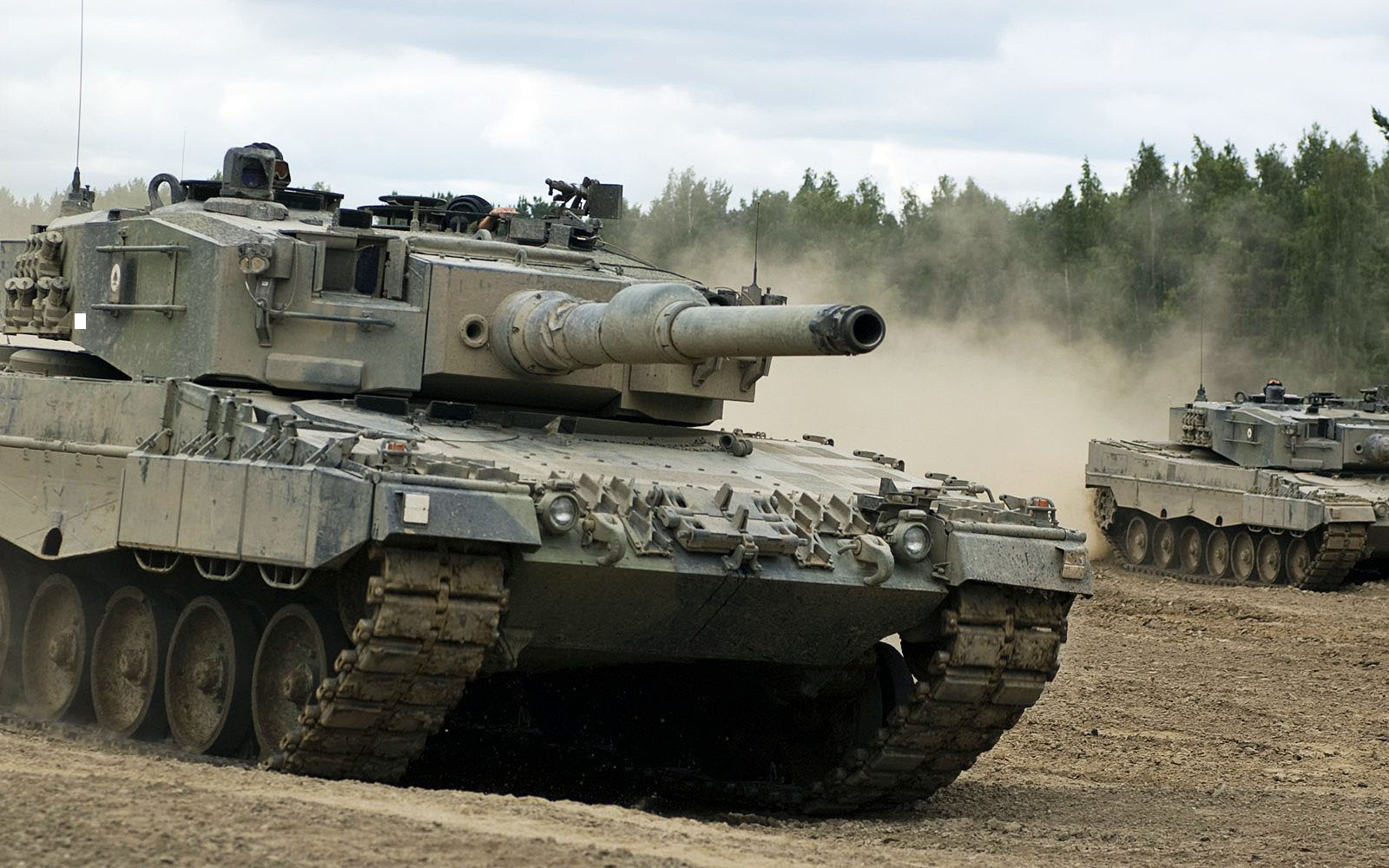,
By Stijn Mitzer and Joost Oliemans
''Western medicine says you can't cure asthma. I cure asthma in five minutes.'' (By Yahya Jammeh)
The Gambia's ousted President Yahya Jammeh had the curious distinction of having Africa's largest luxury car collection and the continent's largest VIP aircraft while being the head of the smallest country (within mainland Africa). He accomplished these feats as his country ranked as one of the poorest in the world, with half of its population living on less than $2 a day. [1] During his 22-year long tenure, Jammeh embezzled tens of million dollars from state enterprises and even used the State's Pension Fund to purchase one of his private jets. [2] From his entry into power after a coup d'etat in 1994 to his ousting in 2017, Jammeh spent much of his ill-gotten fortune on luxury cars, private jets and his palaces.























































